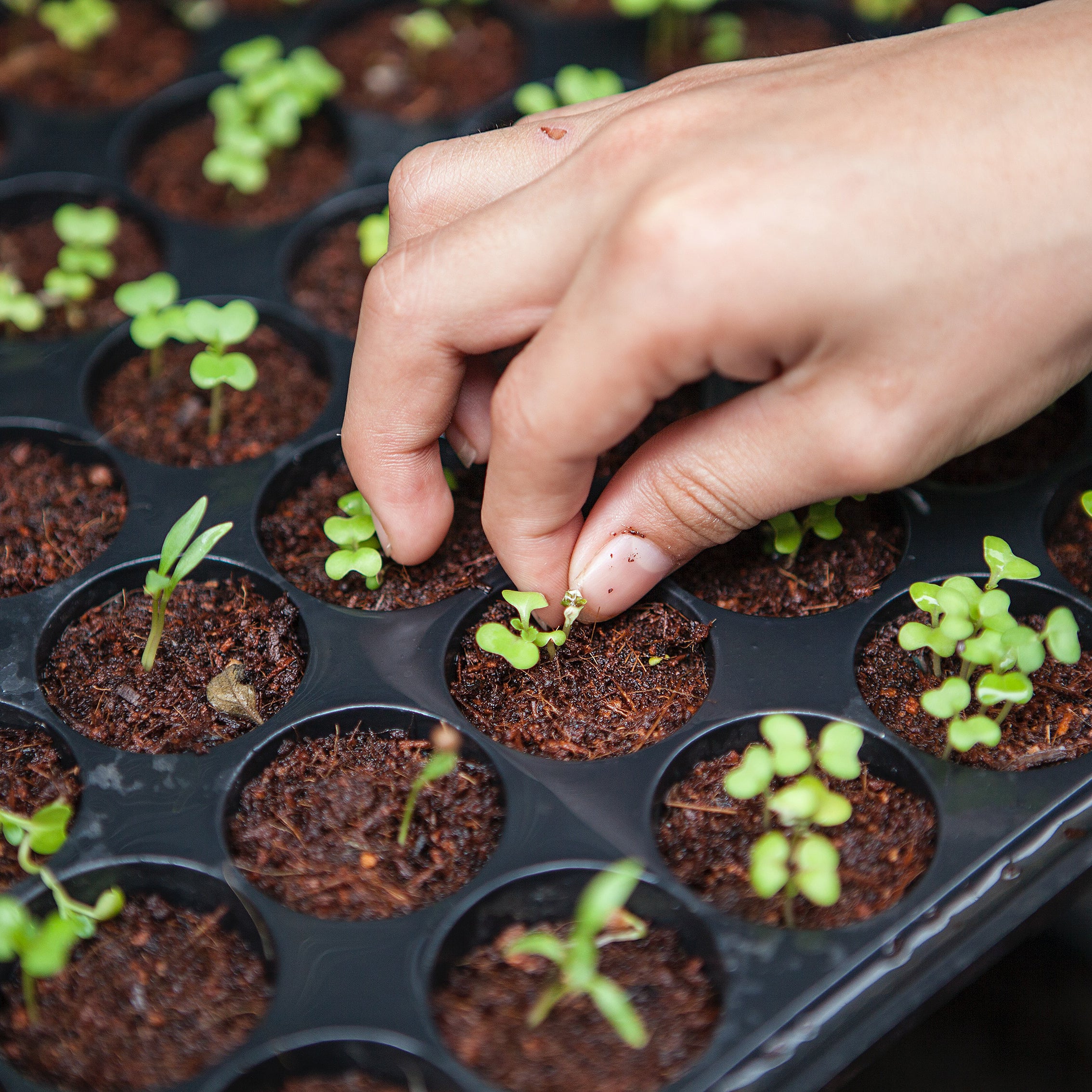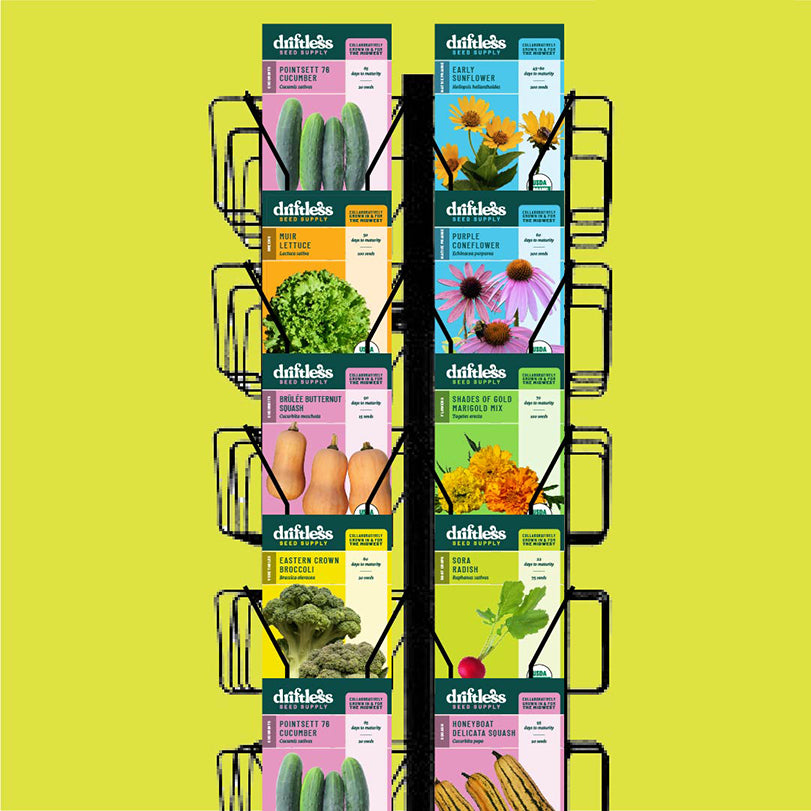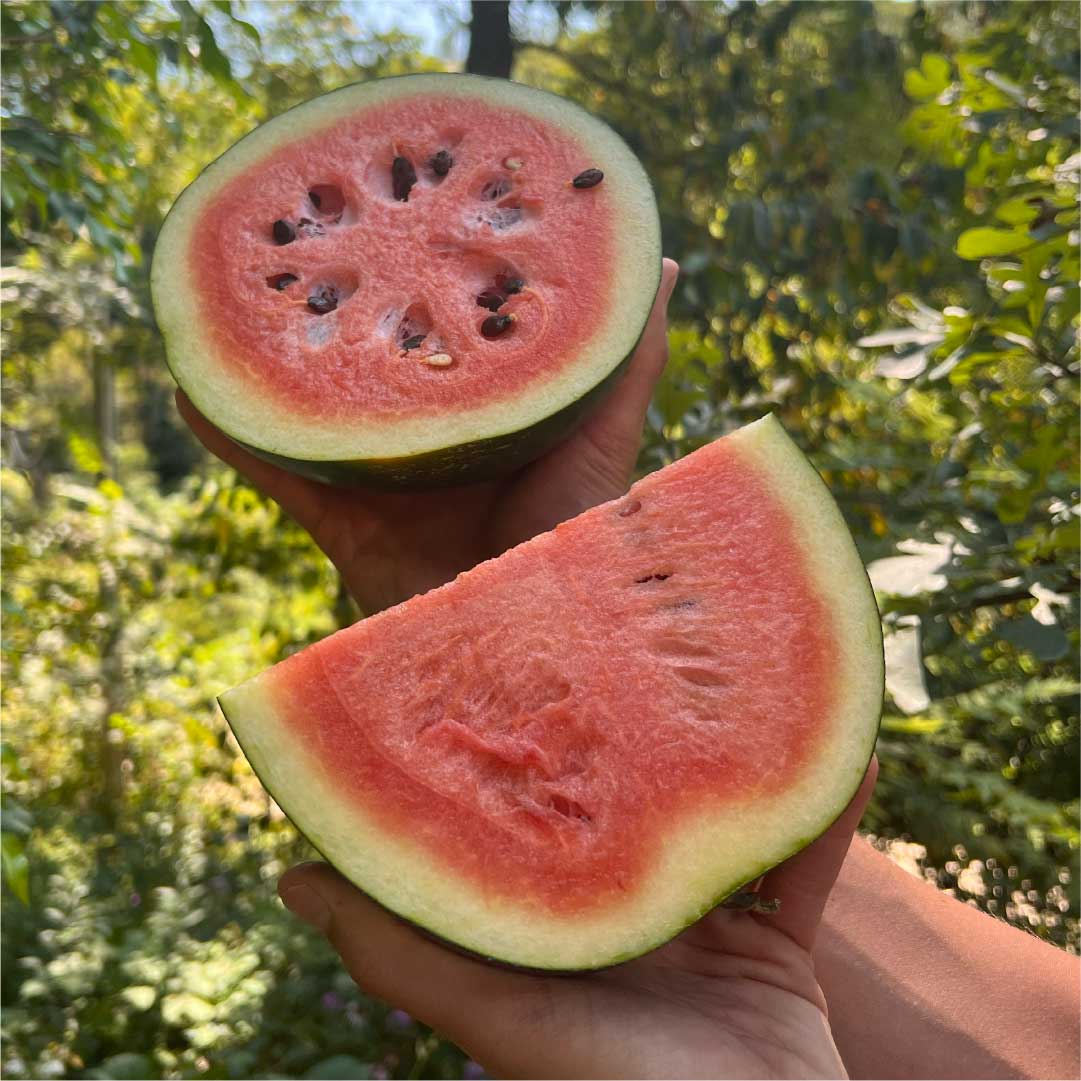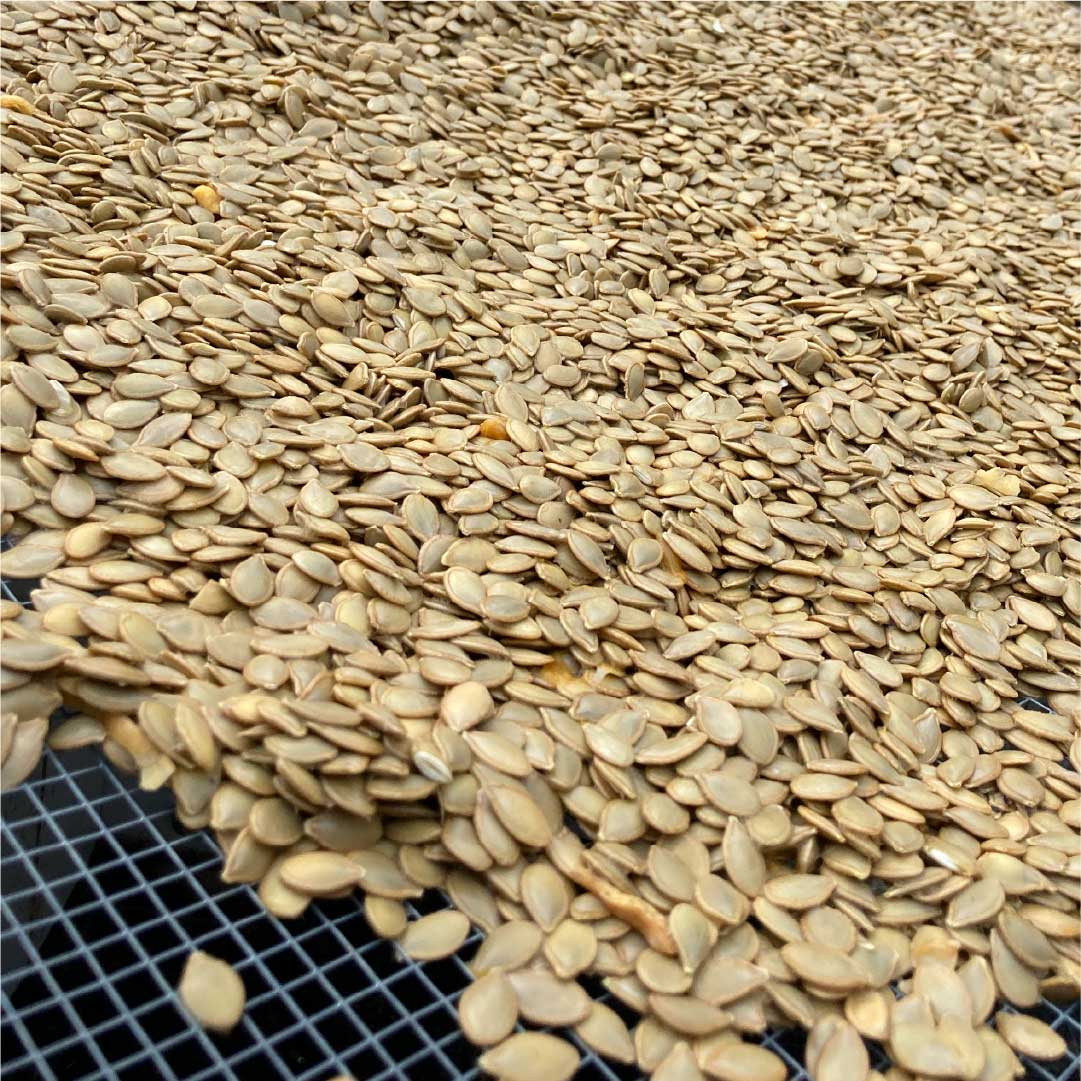
Pest Infestation Troubleshooting
How do I deal with pest infestations without using chemicals?
Dealing with pest infestations without using chemicals aligns with an organic and environmentally friendly approach to gardening and farming. Here are several strategies to manage pests without resorting to synthetic pesticides:
1. Physical Removal:
- Hand-picking: Remove larger pests like caterpillars and beetles by hand.
- Water Spray: Use a strong stream of water to dislodge pests like aphids from plants.
2. Biological Control:
- Beneficial Insects: Introduce beneficial insects like ladybugs, lacewings, or predatory beetles to control pest populations.
- Parasitoids: Utilize insects like parasitic wasps to target specific pest species.
3. Barriers and Traps:
- Row Covers: Use row covers to protect crops from pests while allowing light and water through.
- Mulching: Apply mulch to prevent pests like cutworms and suppress weed growth.
- Netting: Use bird netting or insect mesh to protect crops.
- Sticky Traps: Employ sticky traps to capture and monitor flying pests. Be aware that sticky traps can also catch beneficial insects and pollinators.
- Pheromone Traps: Use pheromone traps to attract, trap, and monitor pest populations.
4. Companion Planting:
- Repellent Plants: Plant species that are known to repel pests, such as marigolds or garlic.
- Trap Cropping: Use plants that attract pests away from your main crops. Sometimes you can wait for the infestation to move to your trap crop, and then either spray or destroy that crop.
5. Cultural Practices:
- Crop Rotation: Implement crop rotation to disrupt the lifecycle of pests.
- Healthy Soil: Maintain nutrient-rich, well-draining soil to support healthy, pest-resistant plants.
6. Organic Pesticides:
- Use preventatives: Apply preventative products like neem oil, which is a natural pesticide and fungicide. Most organic pesticides are not curatives for an already out-of-control situation; instead, they are most useful for treating early pest infestations or preventing disease.
- Diatomaceous Earth: Use diatomaceous earth to control soft-bodied insects, ensuring it does not harm beneficial insects.
- Insecticidal Soaps: Utilize insecticidal soaps to manage soft-bodied pests like aphids or spider mites.
- Targeted insecticides: Utilize targeted insecticides like Bt whenever possible to avoid affecting off-target insects like beneficials and pollinators.
- Avoid resistance build-up: Rotate the insecticides that you use, and avoid over-application to prevent the build-up of insecticide resistance. Consider leaving a ‘sanctuary’ crop or un-treated area to keep non-resistant genes in the local population.
7. Homemade Solutions:
- Garlic Spray: Create a garlic spray that can deter pests with its strong scent.
- Chili and/or tobacco Spray: Use homemade chili or tobacco spray to make plants less palatable to pests.
8. Predator Habitats:
- Bird Boxes: Install bird boxes to encourage birds that will feed on pests.
- Insect Habitat: Set up insect hotels and plant perennial prairie and native species to attract beneficial insects.
9. Pruning:
- Remove Infested Parts: Prune and dispose of plant parts that are heavily infested or diseased.
- Promote Airflow: Prune to encourage airflow, reducing the moist conditions that many pests and diseases favor. Make sure your plants are spaced widely enough.
10. Monitoring and Identifying:
- Regular Checks: Monitor plants regularly to catch infestations early.
- Accurate Identification: Correctly identify pests to effectively manage them using targeted strategies. Consider contacting your local extension agent.
11. Community and Knowledge:
- Community Engagement: Engage with local gardening communities for support and advice.
- Continuous Learning: Stay informed about organic pest control methods and emerging pest issues.





